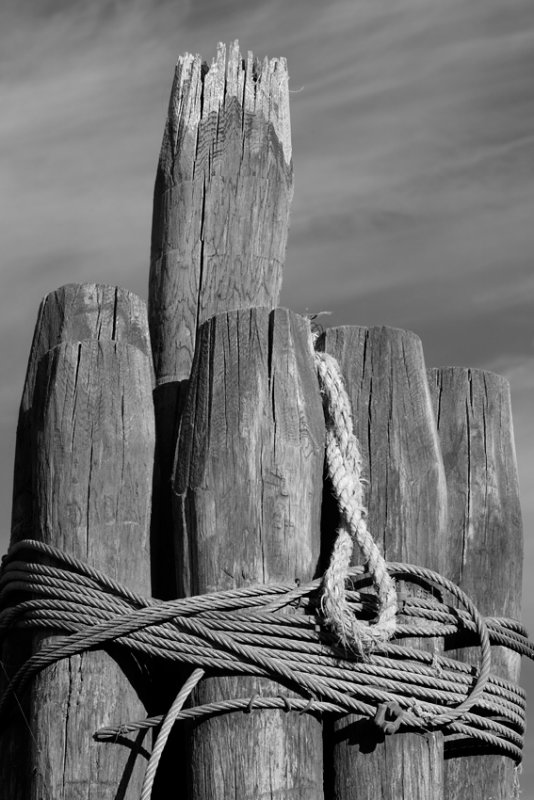Tom Robbins
Member
Hennepin is a little town situated along the Illinois River. It has a grocery store that serves the needs of the barge tug crews, and there are several barge loading points located just up and down river.
It is a place rich in subjects for photography. Not surprisingly, the things that seem so cool to my eye - the visitor - are old hat to the inhabitants. This old dock piling photographed this morning is an example:

These old utility pole-sized pilings are slowly being replaced by metal tripods. They are probably better than the old wood pilings, but they have no soul.
Thanks for looking,
Tom
It is a place rich in subjects for photography. Not surprisingly, the things that seem so cool to my eye - the visitor - are old hat to the inhabitants. This old dock piling photographed this morning is an example:

These old utility pole-sized pilings are slowly being replaced by metal tripods. They are probably better than the old wood pilings, but they have no soul.
Thanks for looking,
Tom



